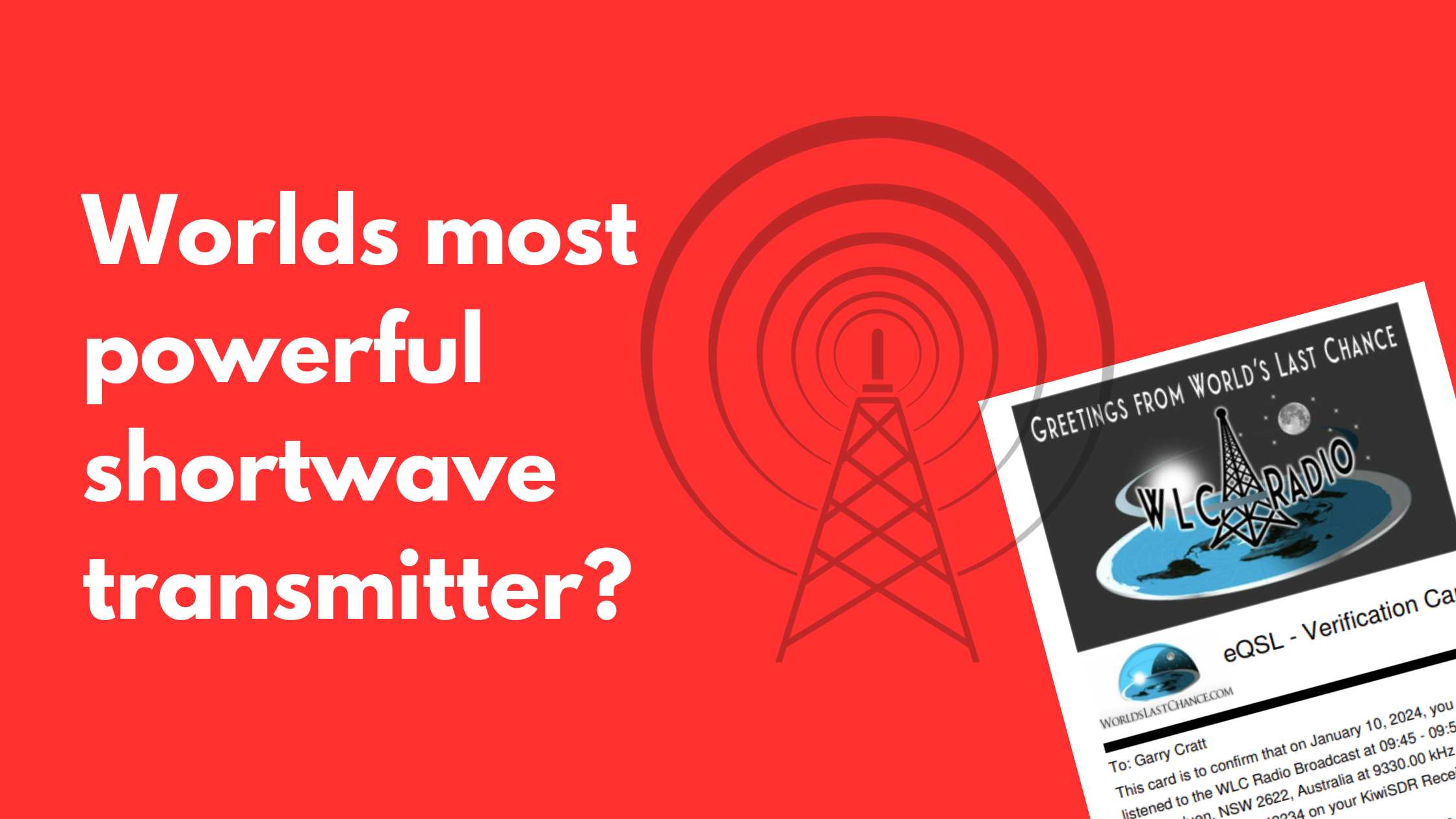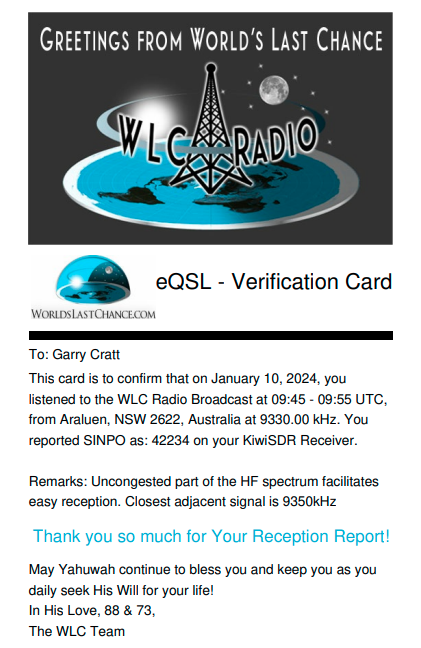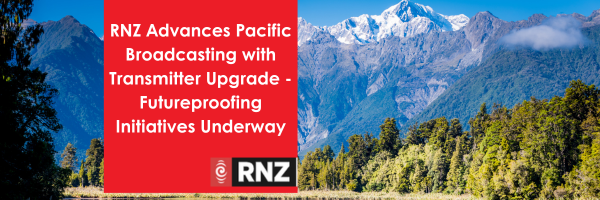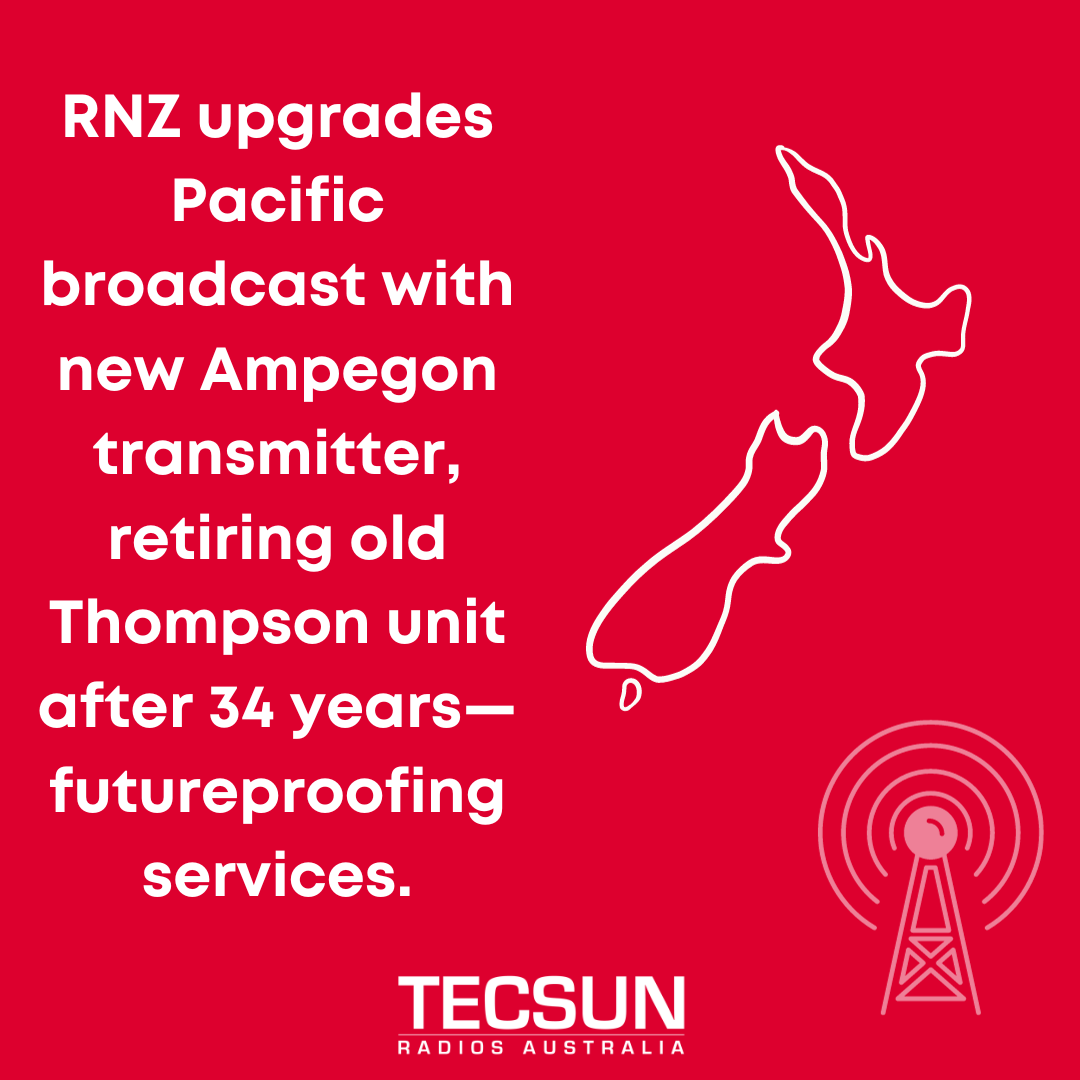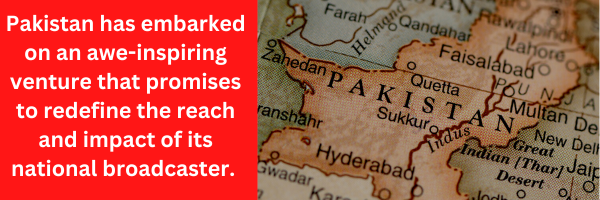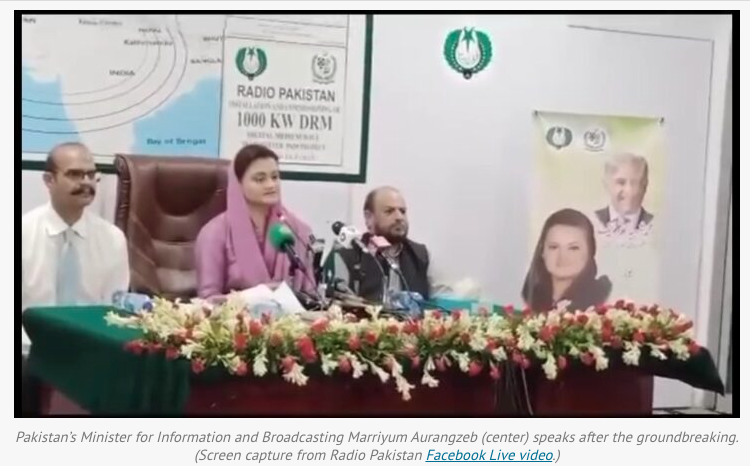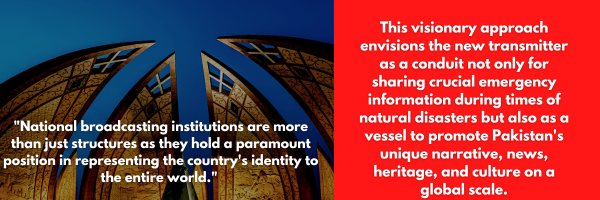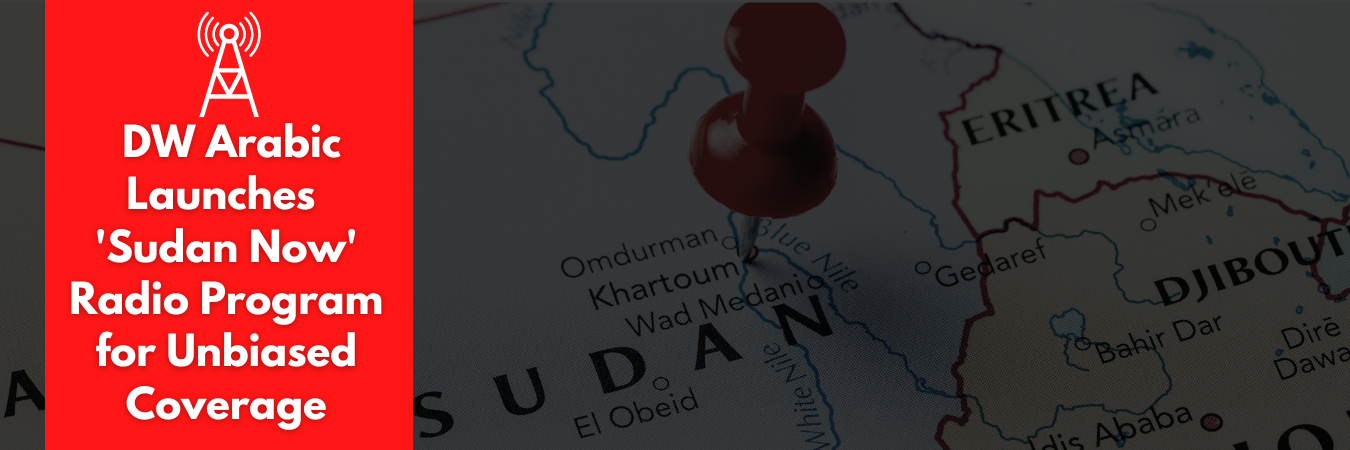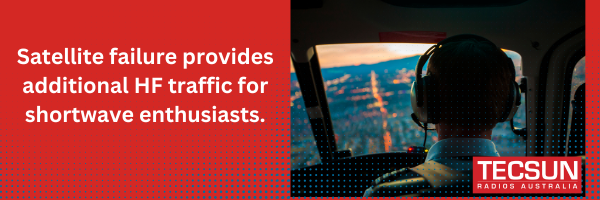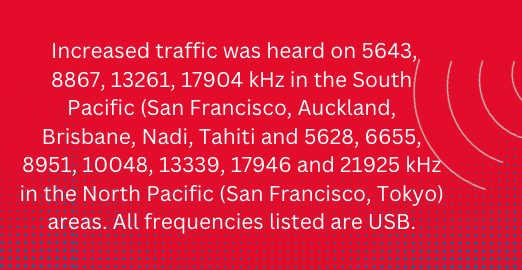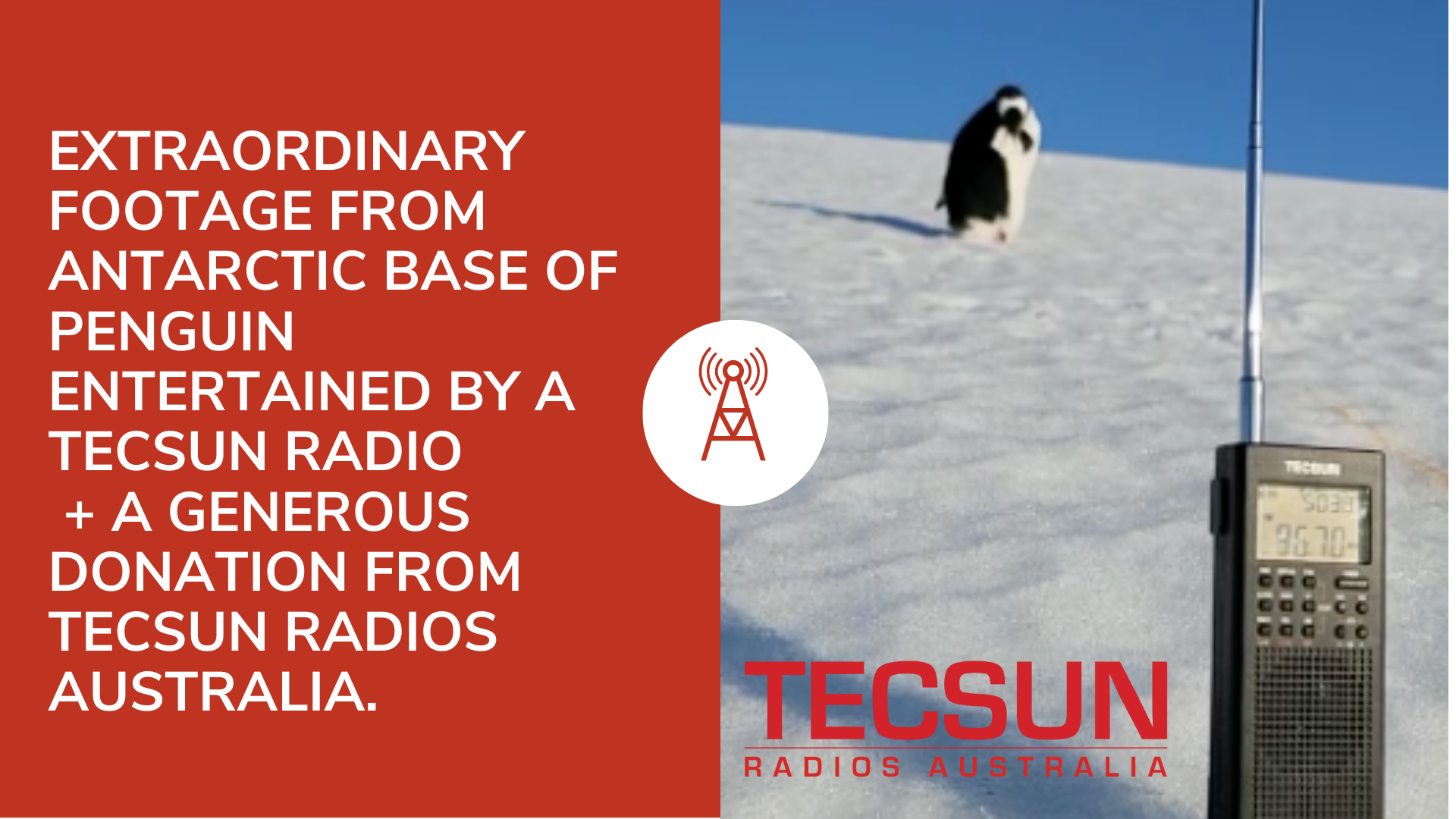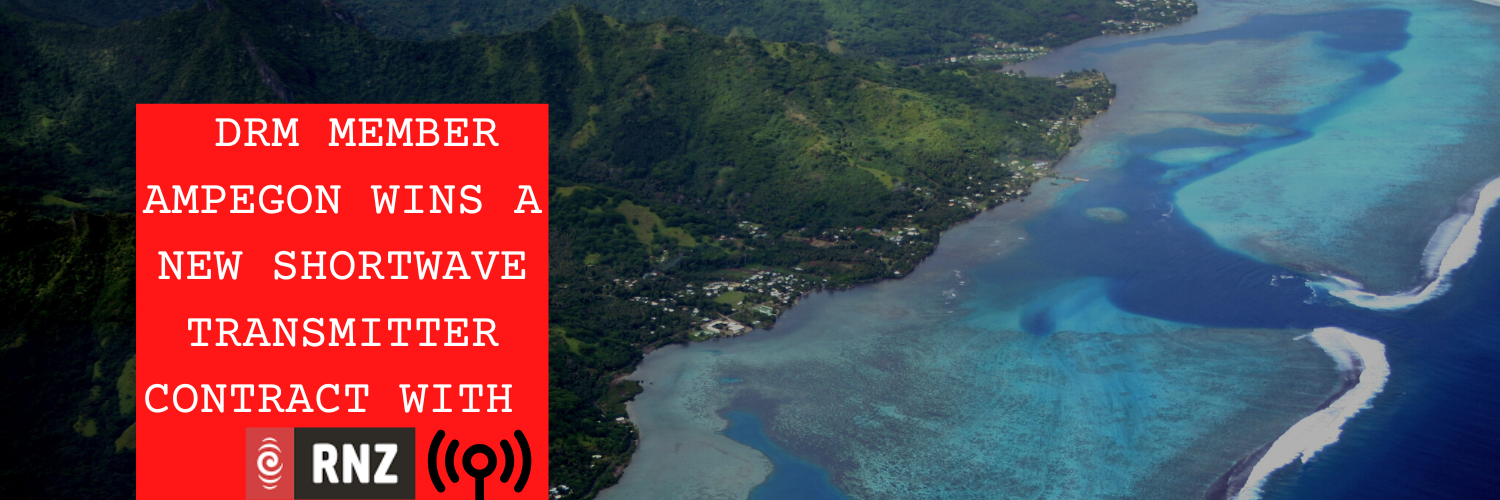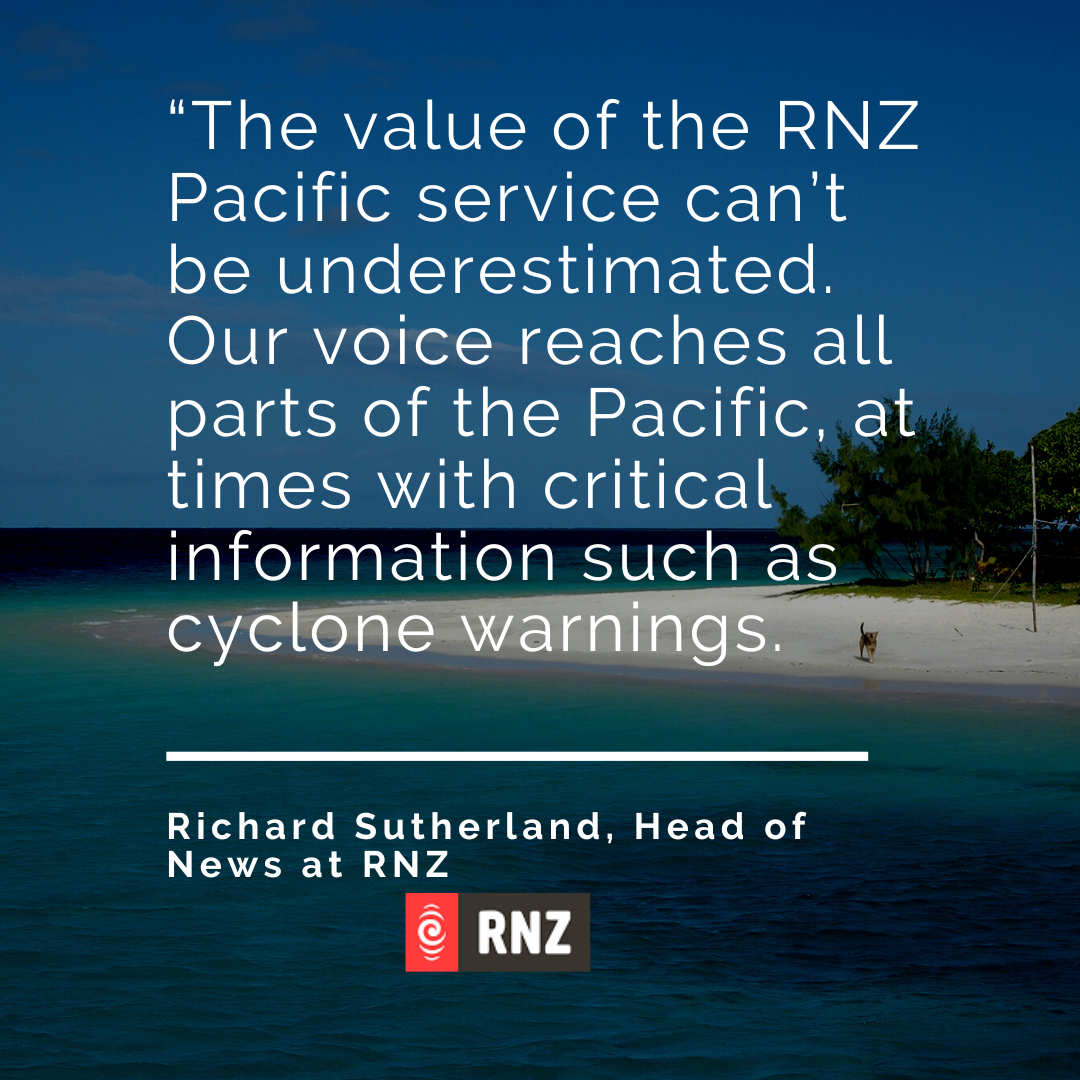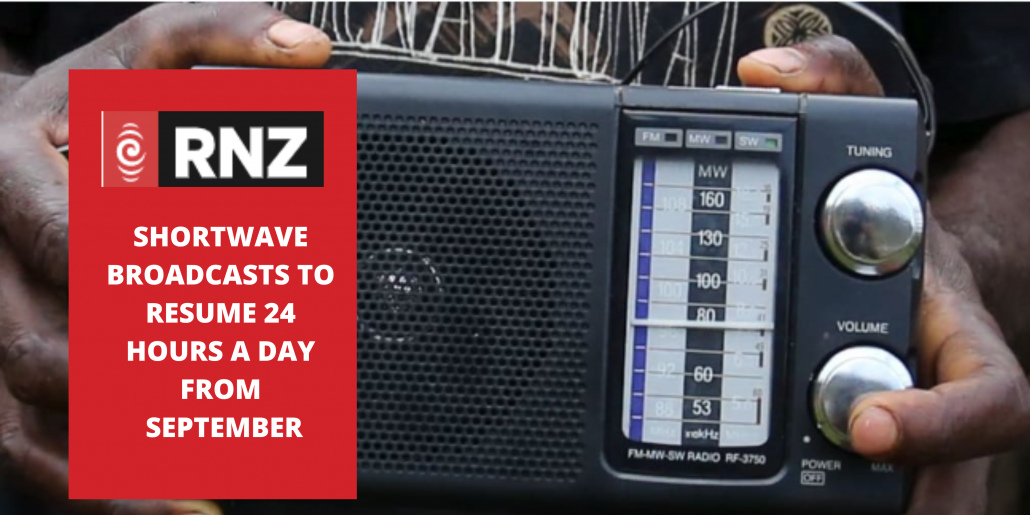
Image via AAP: Jason O’Brien ( abc.net.au)
As the Bureau Of Meteorology declares another La Niña, increasing flood risk for the third year in a row, we reflect on those affected by this weather pattern last year.
Something those in eastern Australia have been all too familiar with over the last two soaking La Niña summers.
According to Dr Margaret Cook, environmental historian and lecturer at the University of the Sunshine Coast and researcher at Griffith University. “The problem with a triple La Niña is that the ground is very wet already, our rivers are quite high, our creeks are full and our dams are quite full,””So we have less capacity to absorb this enormous amount of rain.”
It does not necessarily follow that this summer will definitely bring biblical floods.
But it doesn’t rule out the possibility of floods this summer.
During a La Niña, the atmospheric circulation across the tropical Pacific is set up so that warm waters to Australia’s north-east and strong trade winds pump moisture into the atmosphere along Australia’s east coast. When the right systems come along they can then tap into that moisture, bringing about heavy rains and flooding.
A situation all too familiar for those situated on the east coast of Australia.
Like many Australians, we wanted to find a useful way to help those that were affected by the floods.
Lismore resident Christine Porter created a fantastic initiative to distribute Emergency radios to the flood stricken Lismore and surrounding community.
Aptly named EMERGENCY RADIO Project Lismore Floods 2022.
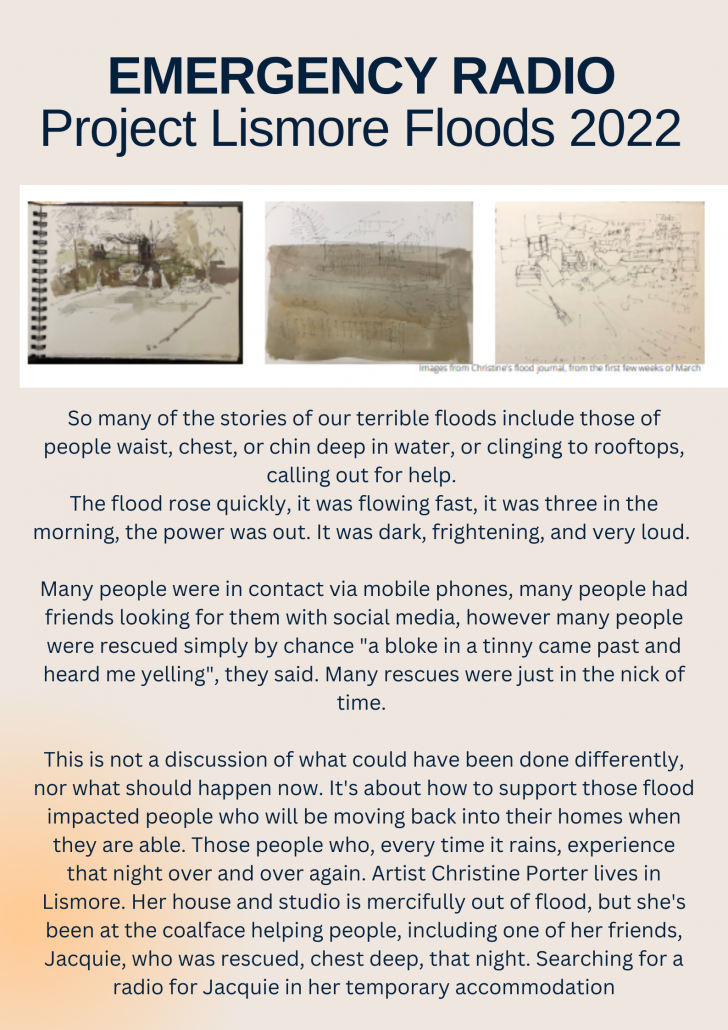
Christine found the BEST Emergency Radio by Tecsun Radios, Sydney. She realised that, as well as it being a great AM/FM radio, its primary function for emergencies matched the emergency we’d just had. It’s a torch, lightweight, stable, not too small. Its lithium battery is charged by USB, an inbuilt solar panel, or its own crank handle. It can be used as a power-bank, will pick-up shortwave, but most importantly: it has a siren and flashing beacon.
After long discussions with the principal at Tecsun, and testing one herself, she believes something like this would have made a very real difference the night of the flood. Next time there may not be a bloke in a tinny going past at just the right time.
Her aim is to put one of these radios into as many single-person households returning to the flood zone as she can – especially for older or less-abled people. The river rose 2.4 metres (8 feet) higher than the highest flood on record, so the flood zone has spread into parts of suburban Lismore it never had before. Christine has ordered 50 radios, with an option for another 50 later in the year. Her plan is to contact groups or individuals outside the North Coast region to fundraise for the purchase of the radios, in order to spread the volunteer load, and give people a specific way to help. Tecsun has kindly offered a discount to support Christine.
Lismore is still broken; there is so much still to do. If you, or your organisation would like to contribute, Christine has set up a bank account to receive donations for the radios. She’ll send you a receipt and follow up info about how the project is going. If you’d like to send a card, or message to the recipient of your radio/s she’ll pass that on. It’s the small things as well as the grand gestures that we see making a difference. That night, in the rain and the noise, no-one would have imagined we’d all be still here knee-deep (waist, chest and chin deep) in worry so far into the future. Christine believes that the radio will save lives should an event like this happen again, but it will also reassure the traumatised that this time, if need be, someone will be able to hear them call out in the night.
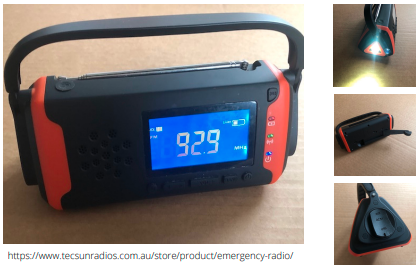
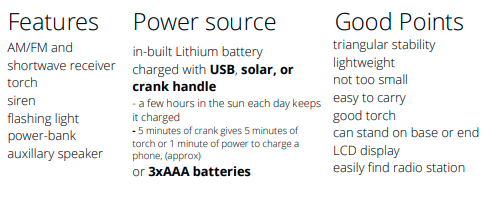
If you would like to donate a radio to Christine, please contact us at: hello@tecsunradios.com.au for special pricing
